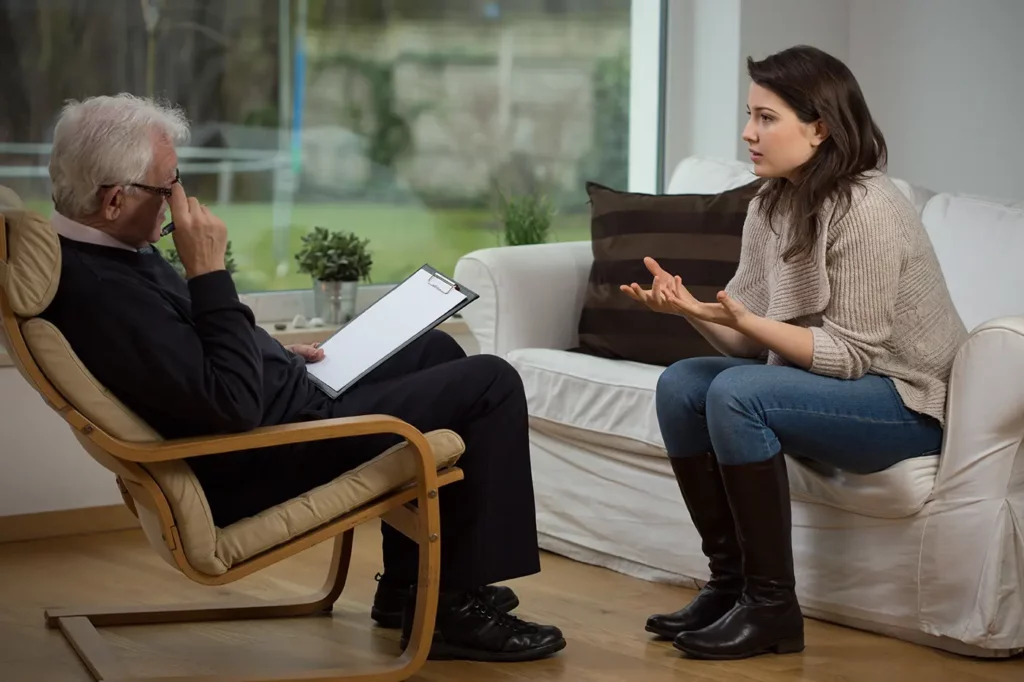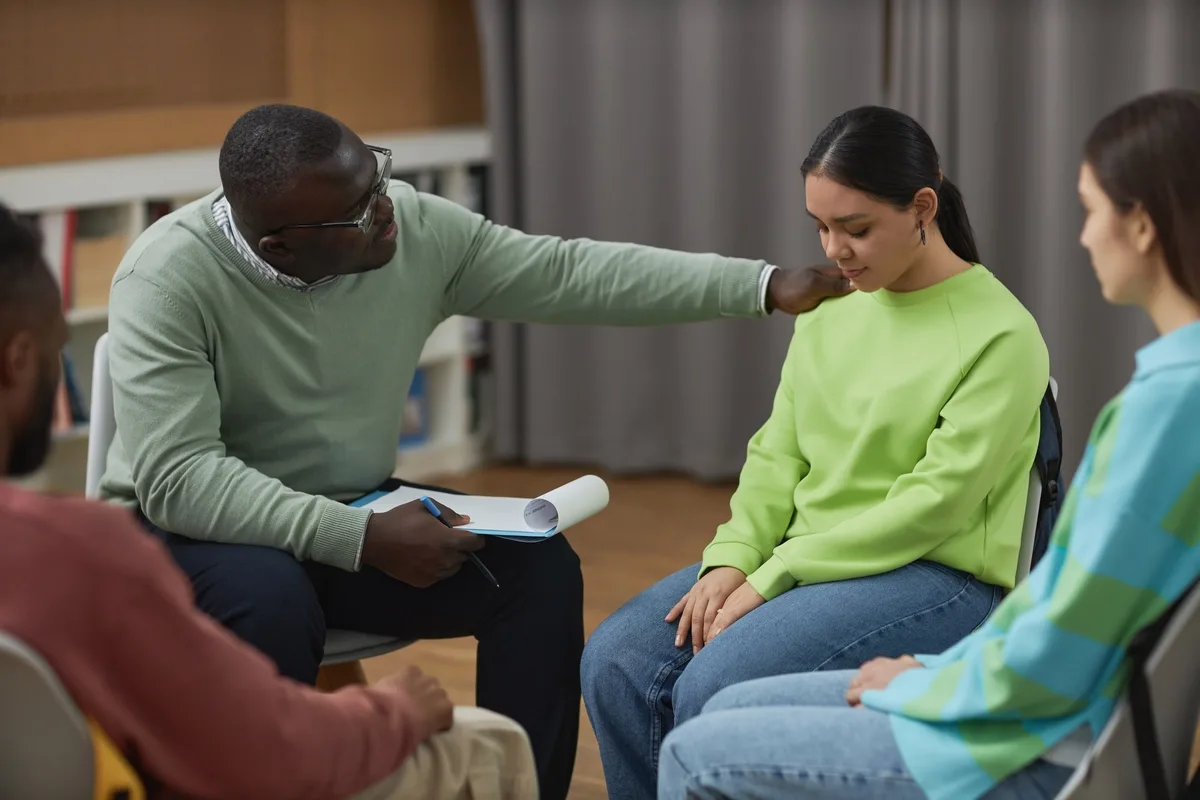24/7 Helpline:
(866) 899-221924/7 Helpline:
(866) 899-2219
Learn more about Partial Hospitalization Program centers in Rodeo
Partial Hospitalization Program in Other Cities

Other Insurance Options

United Health Care

Coventry Health Care

Sliding scale payment assistance

Absolute Total Care

Molina Healthcare

Ambetter

Meritain

Evernorth

Horizon Healthcare Service

Optum

Regence

BlueCross

Magellan

Holman Group

Health Choice

Group Health Incorporated

Carleon

State Farm

Sutter

Covered California

















